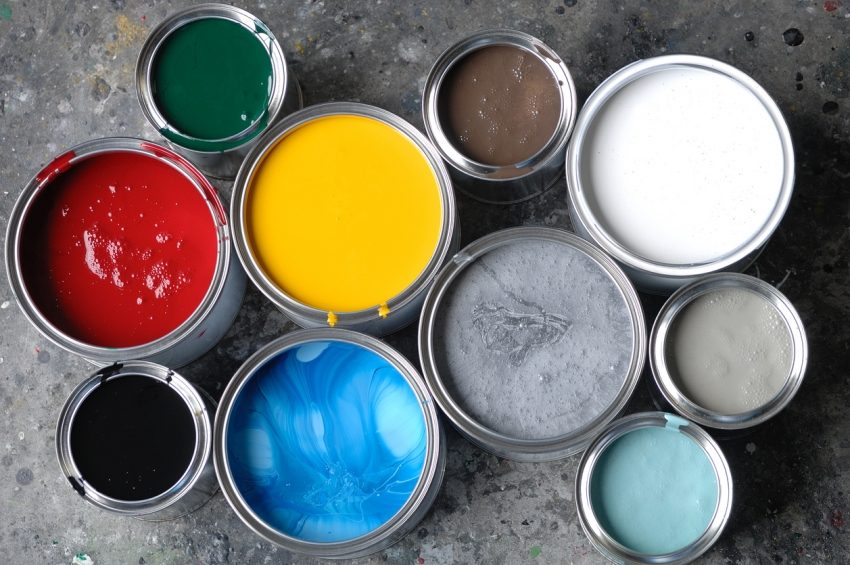When you first hear the term “wheelchair painting,” you most likely would imagine it to be just like traditional painting. You paint on canvas, with an easel and paints, seated in your wheelchair. While many people do paint in this way, and it’s an enjoyable activity, wheelchair painting is something different.
What Is Wheelchair Painting?
Wheelchair painting is a technique of painting where you dip the wheels of your chair in washable paint and then roll across a canvas to create your design. You can use a brush to coat the wheels in different colors. Another option is to use a paint roller with an extended handle to roll paint on the canvas and then drive through it. You can also use the roller to add details.
Referred to as “wheelchair action art,” wheelchair painting creates art that is not just unique to the individual artist, but unique to the individual chair. There are expo exhibits that even feature large-scale projects that incorporate the art of multiple wheelchair users.
Some wheelchair users who have limited use of their hands prefer this type of painting to using a mouth brush. Using a mouth brush is another way of painting without your hands, but it can be physically demanding. While the designs may not be as precise, painting with your chair can feel more freeing. And wheelchair painting is especially fun for children, who may be unable to paint in a traditional way.
Finding Your Creative Voice Through Wheelchair Painting
This style of painting may not be for everyone, but it has helped many individuals find their creative voice. Tommy Hollenstein is an example of an artist who, after a mountain bike accident, was unable to continue pursuing art in the way he was used to.
Tommy quit doing art for a while, but one day he got the idea to do a painting with his dog, to show the dog’s paw prints and his wheelchair tracks side-by-side. The experience launched him into the world of wheelchair painting, and now he has sold hundreds of his works of art to clients all over the world.
If you do not have space in your home to set up the materials for wheelchair painting, try contacting local art galleries and studios to see if they might have an area you could use or rent. If you have a connected community of wheelchair users in your area, you could start your own recreational class, or inspire a local art studio to begin offering classes.
Wheelchair painting has therapeutic benefits, and it also allows you to express yourself creatively. Using the abilities you have is empowering.
3 Awesome videos
YouTube has a couple of good videos demonstrating different methods of painting with your wheelchair. This young man uses his wheelchair to paint but doesn’t sit in the seat. He sits on the ground nearby so he can better observe the canvas.
Another video shows children, even those in electric wheelchairs, participating in wheelchair painting. Some of the kids even use medical syringes to squirt paint across the canvas when they are through.
This video shows “wheelchair action art” being done by an intergenerational group. They incorporate other mediums besides paint to create their finished product.
And finally, if you would like to travel to the United States or Canada to be part of a wheelchair painting Expo, this link provides more information on how to register. The event will be using 50 gallons of paint over the course of three days to create a giant, cooperative piece.
Now that you have so much information regarding wheelchair painting, enjoy checking out some of the videos and deciding on techniques. Then give your own masterpiece a try!
Author: Annie Beth Donahue is a professional writer with a health and disability focus. You can find her at www.anniebethdonahue.com
